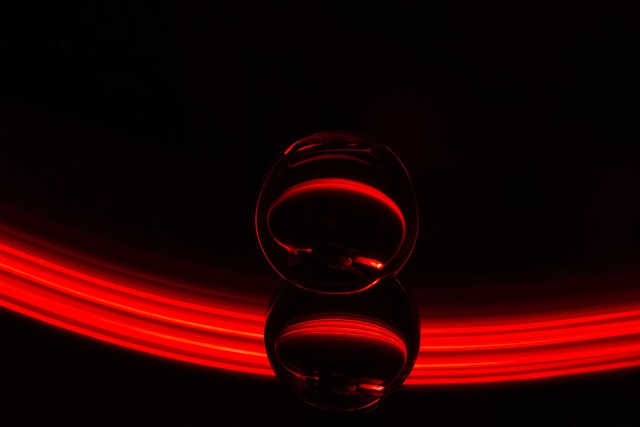
Photography involves much more than just picking up a camera and taking a clear shot. Taking stunning pictures is an art. There are techniques to learn and master. Good photographers have an eye for the art and the ability to see the details that the things of the world contain. Take a look at the tips below to start getting more artistic with your photographs.
Use speed when capturing your pictures. If you take too long while setting up a shot, you may very well miss out on the opportunity to take the perfect picture. So therefore, the faster you are when you are taking your photos, the better off you will be.
Choose what will be in your shot. A quality picture should capture a significant aspect of the object your are photographing. Avoid the desire to show more than is needed. A series of photographs taken in succession which lack a focus on a single subject create a story, or a general impression of a scene.
Implement digital techniques to give your pictures great effects. Adobe Photoshop is the best-recognized software package for doing this, although there are other options available from other manufacturers. Providing your photos with those artistic conversions is simply a matter of opening the “filter” menu and picking the effect you find most appealing.
Avoid capturing an overcast sky in your photos. Having too much gray sky can make your shots appear washed-out and muted. If you find yourself shooting into overcast skies, taking classic, black and white photos may be your best option. If it’s a bright day, however, you should include the sky more readily.
Keep the knowledge of the settings on your camera simple. You should try to become knowledgeable about one part of a control, such as shutter speed or aperture, prior to moving on to the next one. If you focus on features too much, you will miss some great natural pictures. Sometimes, snapping the picture right away is the best decision.
When shooting landscapes, it is important for you to create depth within the image. Place an object or person in your image’s foreground to provide an understanding of the scale of your photo. Aperture sizes like f/8 on a consumer camera, or f/16 on a professional DSLR, make it so you need not sacrifice foreground sharpness for background sharpness or vice-versa.
Direct Sunlight
While sunny days may look beautiful in person, direct sunlight has a way of making your prints look terrible. Downsides to direct sunlight shots include glaring, awkward shadows, uneven highlights and human subjects squinting if they face the camera. Try to shoot in the early morning light or right as the sun has started to set for best results.
There is a feature on the camera called white balance, manually play around with it. Taking indoor pictures is tricky because of the yellow tone the lightbulbs give off. You don’t need to worry about adjusting the lighting in the room. Simply change the white balance setting to get the perfect shot. This will give your pictures a professional appearance.
Find other photographers whose work you admire, and look to them for inspiration. If you look at their photographs, you will get more ideas at what you can do.
Hopefully, you see now that you can do more with a camera than just strive for clarity and good lighting. Doing this will really increase the quality and the amount you value your photographs.